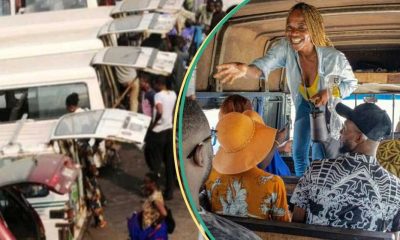The Internet of Things (IoT), with its network of “smart,” sensor-enabled devices that can communicate and coordinate with one another via the Internet, has been projected to have a global economic impact of $3.9 trillion to $11.1 trillion by 2025, eight years on, according to McKinsey Global Institute.
In businesses, McKinsey see the IoT greatly facilitating computer-mediated strategies for conducting business, providing healthcare, and managing city resources, among numerous other tasks, which is envisaged to contribute to improved incomes.
For the public, the IoT is equally expected to transform many of the most mundane activities by enabling innovations as diverse as self-driving cars and connected refrigerators capable of sending pictures of their contents to shoppers in grocery stores.
Though security issues have been seen to represent the greatest obstacle to growth of the Internet of Things, the semiconductor sector, one of the many industries poised to benefit from the IoT’s growth, is being projected to have significant economic gains.
According to a 2015 survey by McKinsey in collaboration with the Global Semiconductor Alliance (GSA) weak security may the most important issue, noting that IoT’s way forward may be complicated.
“As with any market in its early stages, growth projections could prove overly optimistic if innovators and business leaders are unable to overcome various technological, regulatory, and market challenges. In the case of the IoT, weak security may be the most important issue.”
Given the importance of IoT security to semiconductor companies, McKinsey and the GSA are reported to have conducted an additional survey and interviews on the topic in 2016.
The new research revealed that respondents still view security as a major challenge to the IoT’s growth. But they also believe that semiconductor companies can help overcome these problems and capture significant value by providing security solutions across industry verticals.
“Hackers have already wreaked havoc by infiltrating connected IoT devices. Paradoxically, they usually aren’t targeting device owners, who often remain unaware of security breaches. Instead, the hackers simply use IoT devices as starting points for attacks directed against another target. For instance, the 2016 Mirai attack used IoT devices to attack the Internet infrastructure, causing shutdowns across Europe and North America that resulted in an estimated $110 million in economic damage,” claims Harald Bauer, Ondrej Burkacky, and Christian Knochenhauer in an article, Security in the Internet of Things, published in McKinsey.com
the trio stated that with the IoT installed base expected to increase by about 15 to 20 percent annually through 2020, security is simultaneously a major opportunity and a challenge. Semiconductor companies are therefore obliged to develop solutions that strengthen IoT security and also contribute to their bottom line.
However, our recent research suggests that four major challenges may prevent them from capturing opportunities.
Sent from my BlackBerry 10 smartphone.

 Comments and Issues7 days ago
Comments and Issues7 days ago
 Health1 week ago
Health1 week ago
 Latest6 days ago
Latest6 days ago
 News1 week ago
News1 week ago
 Latest7 days ago
Latest7 days ago
 Labour1 week ago
Labour1 week ago
 Comments and Issues7 days ago
Comments and Issues7 days ago
 Uncategorized5 days ago
Uncategorized5 days ago

